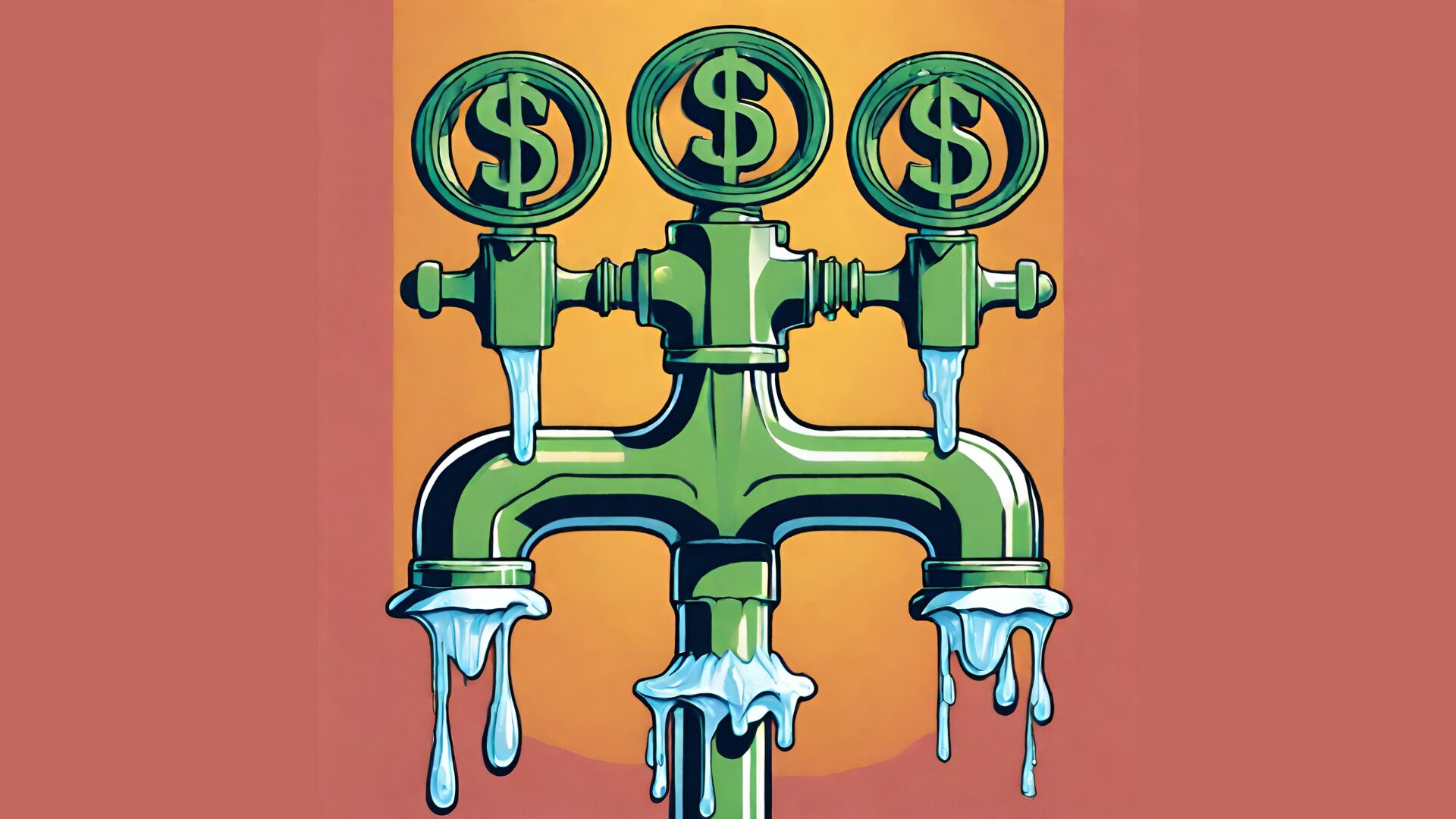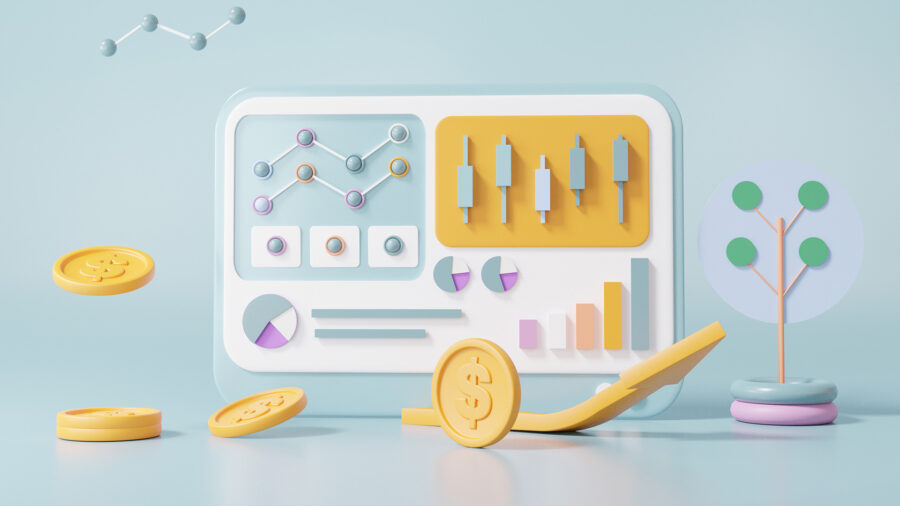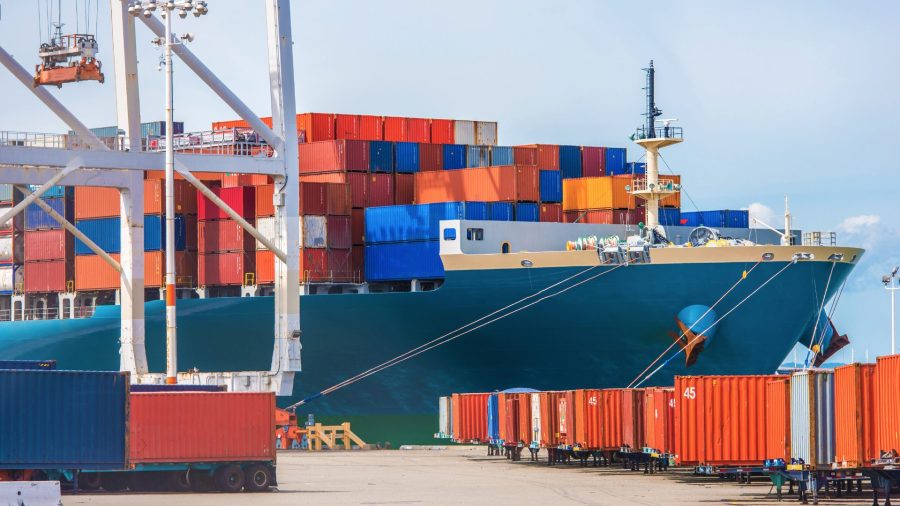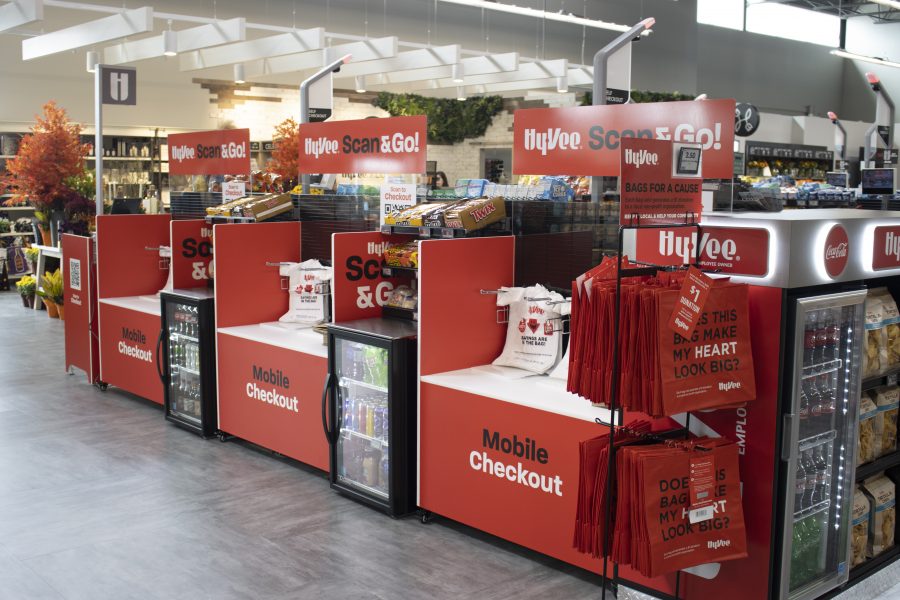How many times have you heard: If a deal is too good to be true, it probably is. And nowhere is that more apparent than when companies practice “drip pricing,” the practice of luring the consumer in with a spectacular bargain, only to tack on fees and other hidden costs.
Remember that $35 concert ticket that wound up costing $50 or more? You get the idea.
The term first surfaced in 2009 but the practice had been around for decades. It’s especially widespread on e-commerce sites, but COVID saw it spread to restaurants and elsewhere.
The New York Times recently reported that regulators in the U.S. and elsewhere have begun scrutinizing the practice with an eye toward reining it in. Britain considered legislation that would have prevented airlines from disclosing fees at the last minute while Canada stiffened penalties for the practice. The U.S. Federal Trade Commission made the following statement in 2022:
“By hiding the total price, these junk fees make it harder for consumers to shop for the best product or service and punish businesses who are honest up front.”
Last November, the FTC proposed a rule that would prohibit “unfair or deceptive practices relating to fees for good or services, specifically misrepresenting the total costs of goods and services by omitting mandatory fees from advertised prices and misrepresenting the nature and purpose of fees.”
Junk Fees Pile Up with Drip Pricing
The FTC estimates drip pricing adds 30% to 40% to costs. In the airline industry alone, the Transportation Department found baggage and reservation fees accounted for $6 billion in revenue. The Consumer Financial Protection found the nation’s largest banks pulled in $15 billion from overdraft fees while the major credit card companies made $14 billion in late fees.
The worst offender, Consumers Union officials said in testimony before the FTC last year, was the cable television industry, which imposed a 24% surcharge on the advertised price in 2019, costing the average customer $450 annually.
Even though consumers may be annoyed when they get to final checkout, a psychological phenomenon known as completion bias may come into play.
“Once consumers have committed to a purchase, they tend to follow through with it,” Deidre Popovich, associate professor of marketing at Texas Tech University, told The Food Institute.
“The phenomenon of wanting to finish a task is called ‘completion bias.’ This is hard-wired into our brains because the experience of completing a task releases dopamine, a pleasurable chemical.”
Izzy Kharash, president of Hospitality Works, noted drip pricing is especially rampant in vacation hotspots.
“In Vegas hotels, you can find a room on the strip for $30, but then they hit you with resort fees which typically are over $100,” Kharash said. “Oddly enough, this is more acceptable in Vegas because they let you know that your room ‘may’ have additional resort fees, but you know up front.”
Drip Pricing Creating Consumer Backlash
“Drip pricing can be frustrating for many consumers,” said Greg Zakowicz, senior e-commerce expert at Omnisend. “Can it alienate shoppers? Yes. But the problem runs deeper. When all of the companies in the same industry use drip pricing it becomes the norm, and it makes comparison shopping less desirable due to the time commitment needed.”
Steve Pogson, an e-commerce growth specialist and founder of First Pier, said he has found companies and stores that prioritize transparency “not only enjoy higher conversion rates, but also benefit from increased customer loyalty.”
As an example. Pogson cited an e-commerce client who saw a reduction in cart abandonment rates when it adopted all-inclusive pricing.
“Consumers are more savvy than ever, often researching prices across multiple platforms before making a purchase. When they encounter unexpected fees, it’s not just a minor annoyance,” Pogson added.
“(Drip pricing) can prompt consumers to abandon their carts and share their negative experiences with others, impacting the brand’s reputation severely.”
So why does the pricing strategy remain so widespread?
Because it’s lucrative, noted Michael Thompson, an expert on consumer pricing at PA Consulting.
“Fees collected by live event ticketing platforms end up distributed along the live event ‘food chain,’ including the venue, the artist and the platform itself,” Thompson noted. “Artists work with ticketing platforms that consumers despise because they get a cut of those fees, without catching heat for charging them.
“Interestingly, drip pricing can also be used to influence consumer behavior. In a grocery context, Amazon leverages drip pricing in its Amazon Fresh grocery delivery service by adding both a driver tip and a delivery charge at checkout. However, the delivery charge can be waived if the consumer places a large enough order size, which incentivizes shoppers to increase basket size.”
The Food Institute Podcast
Generative AI disrupted nearly every industry in 2023, but how is the artificial intelligence industry impacting food and beverage in 2024? RSM US LLP principal Christian Winzeler returned to The Food Institute Podcast to discuss GenAI’s impact on marketing, business operations, and even production formulations.









